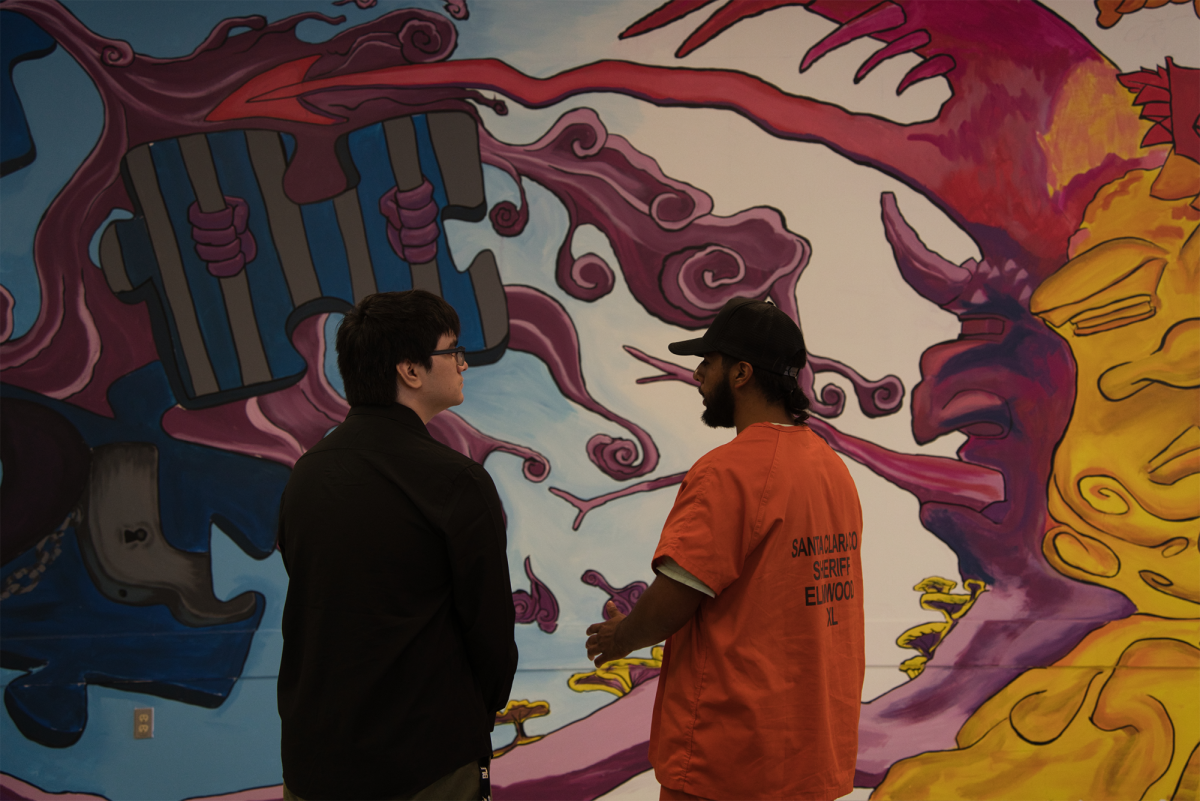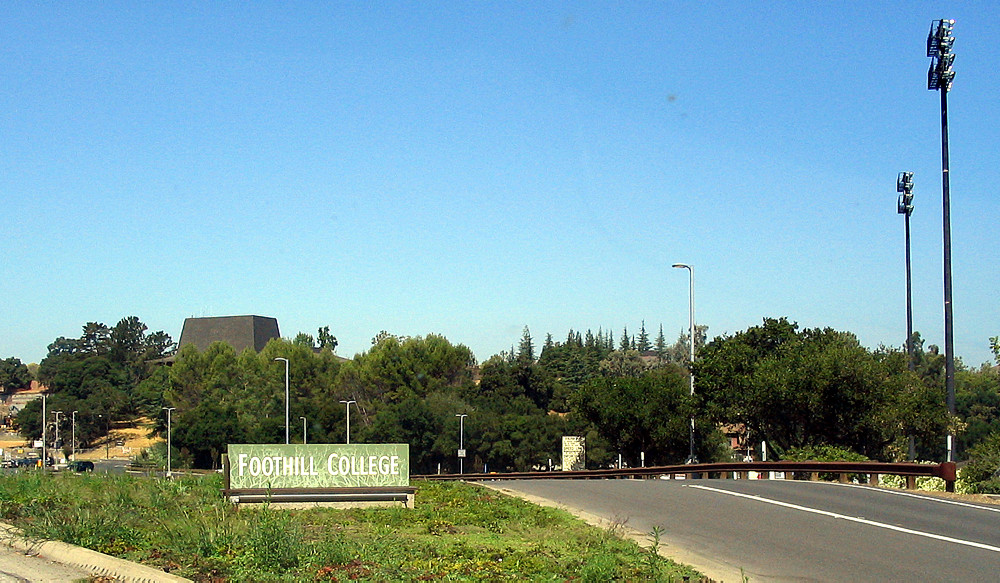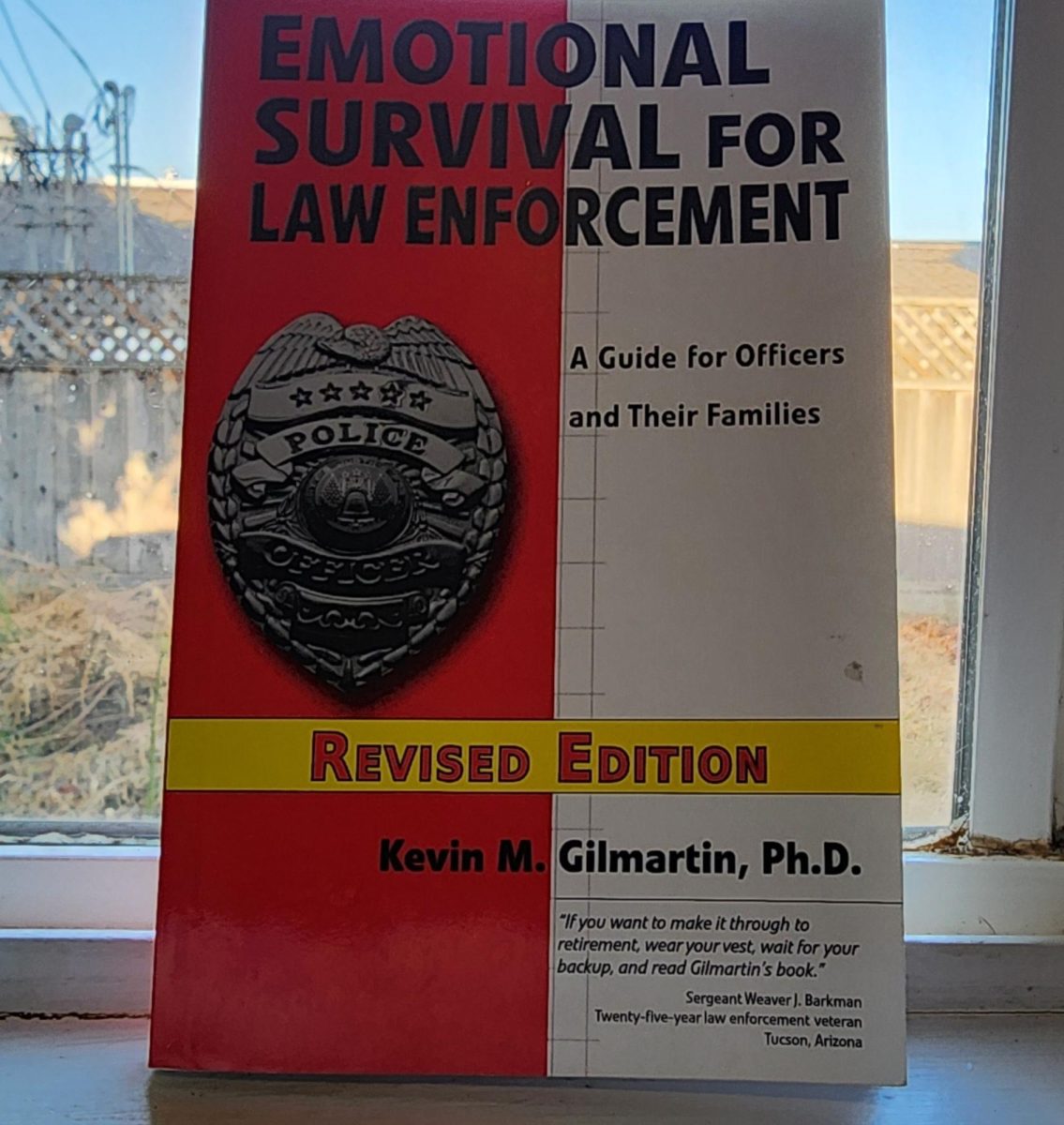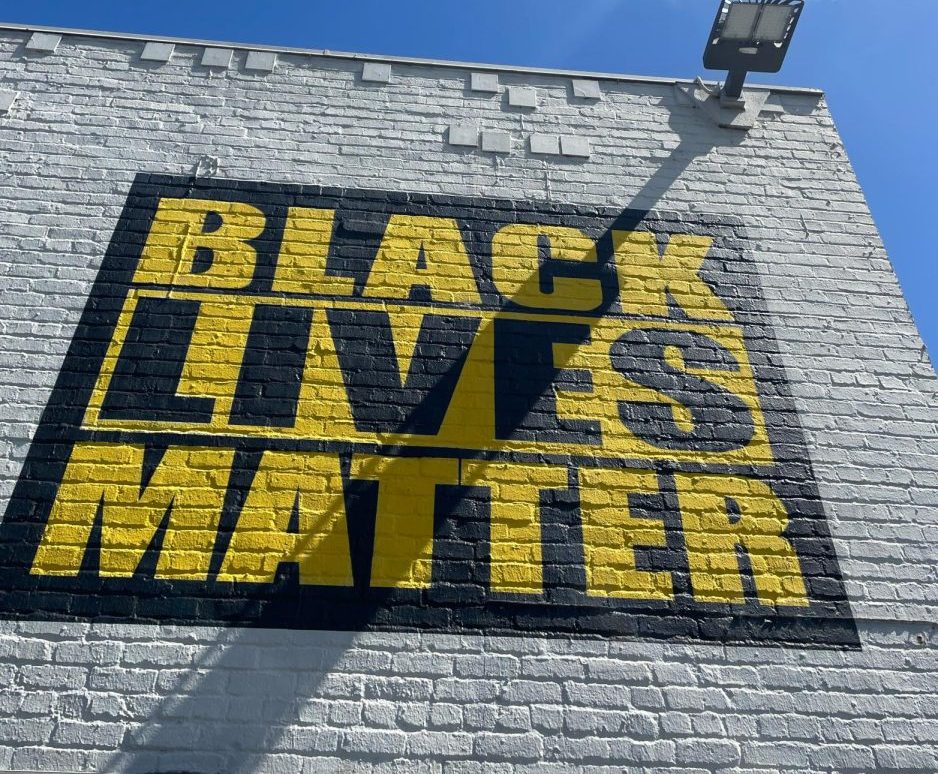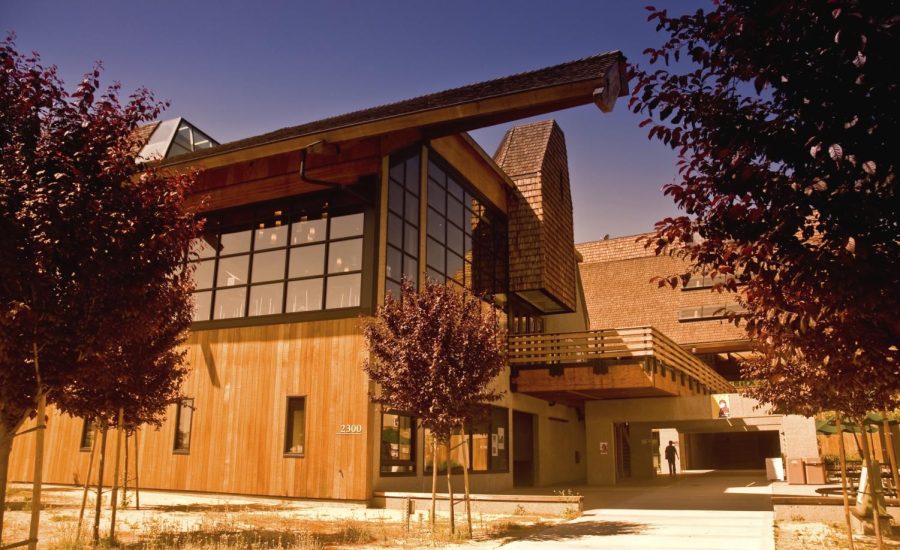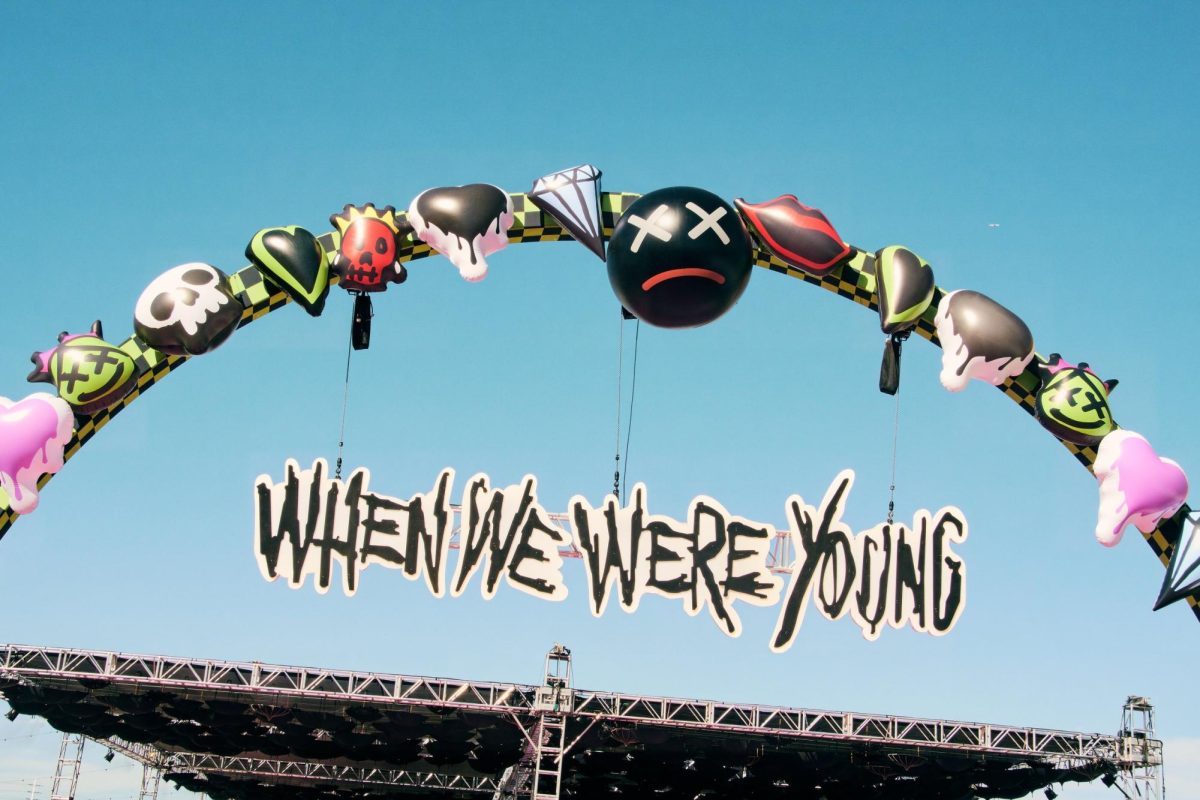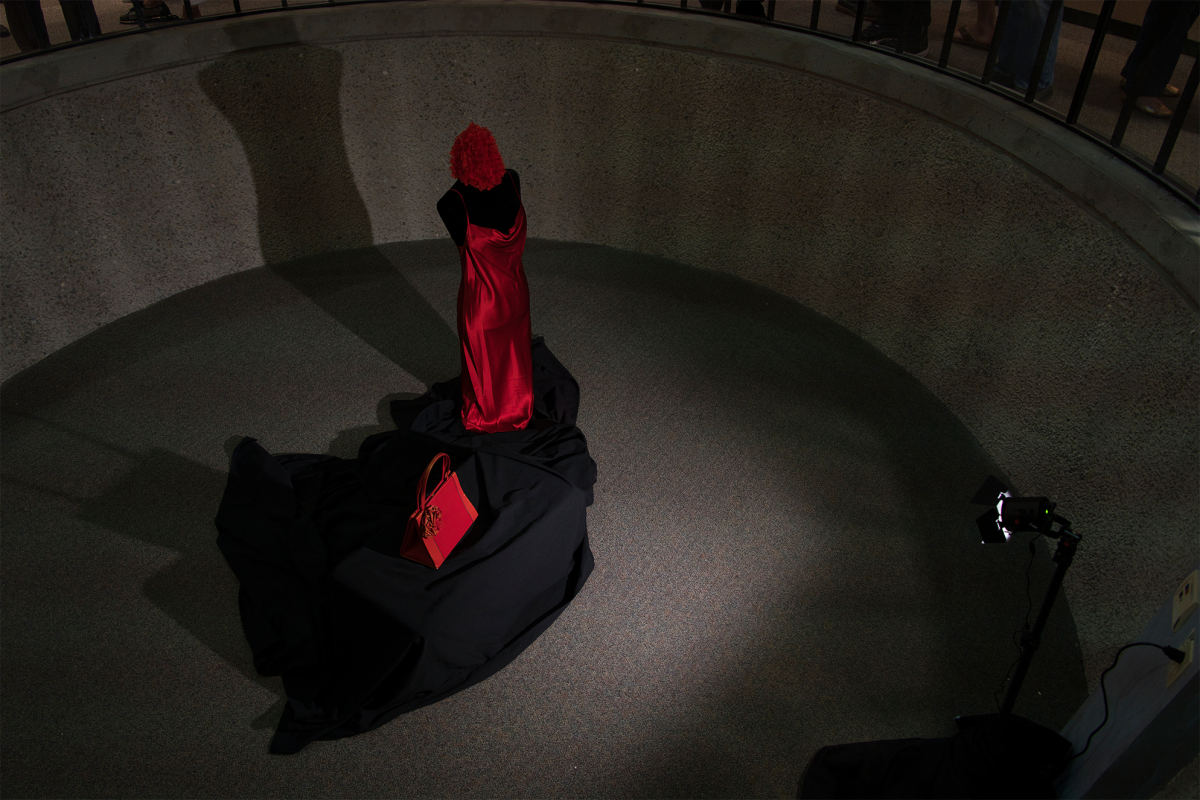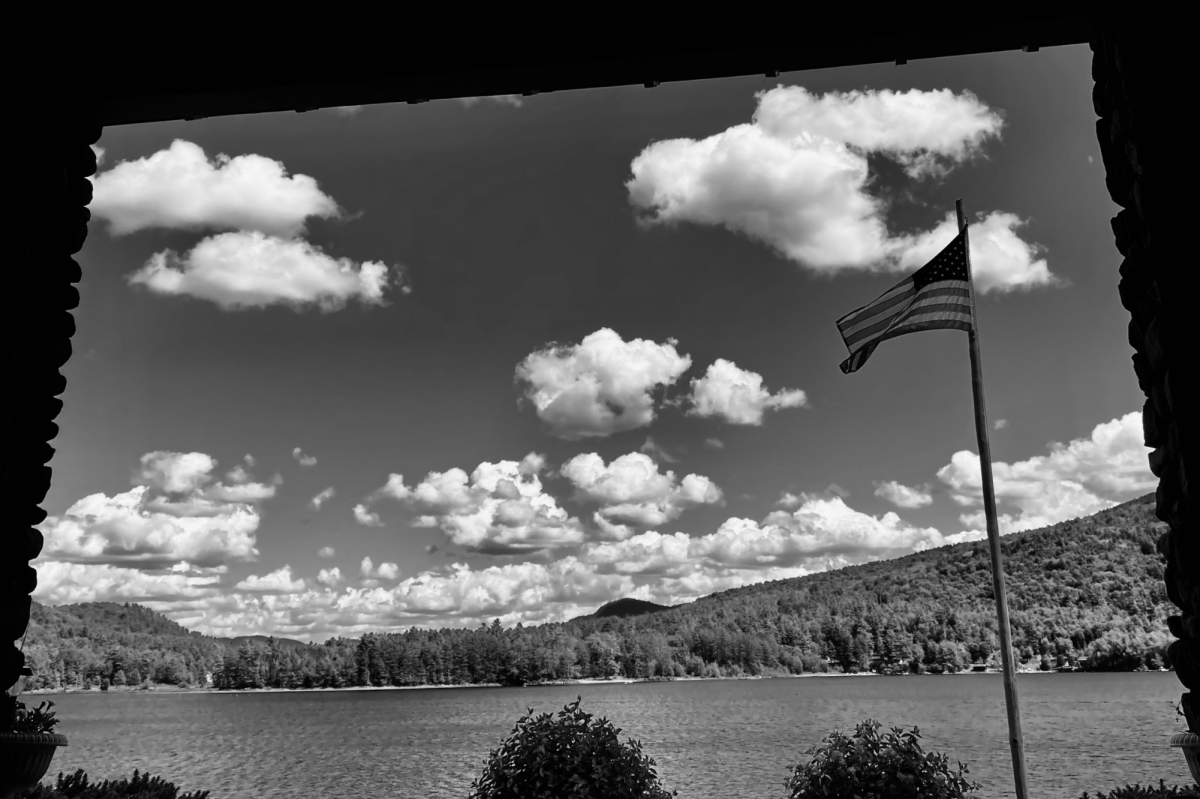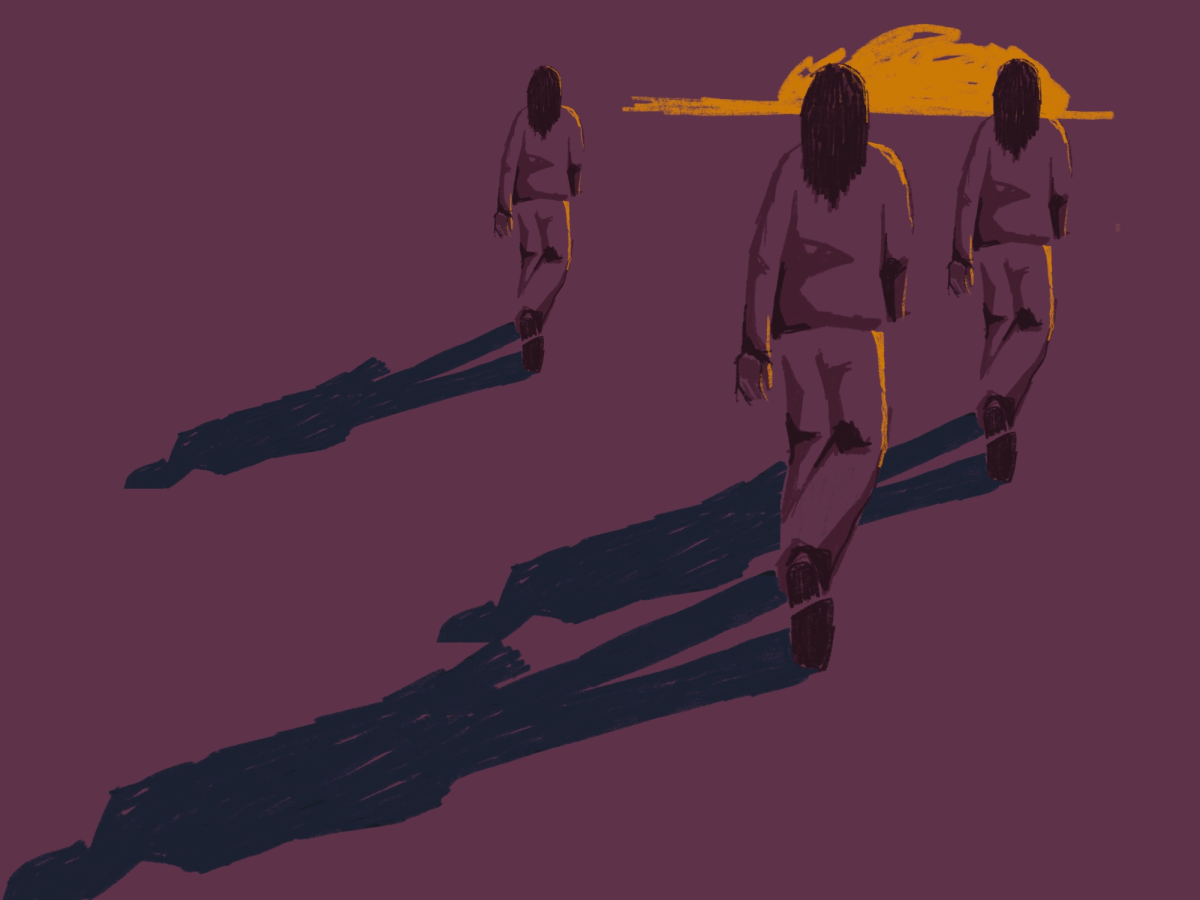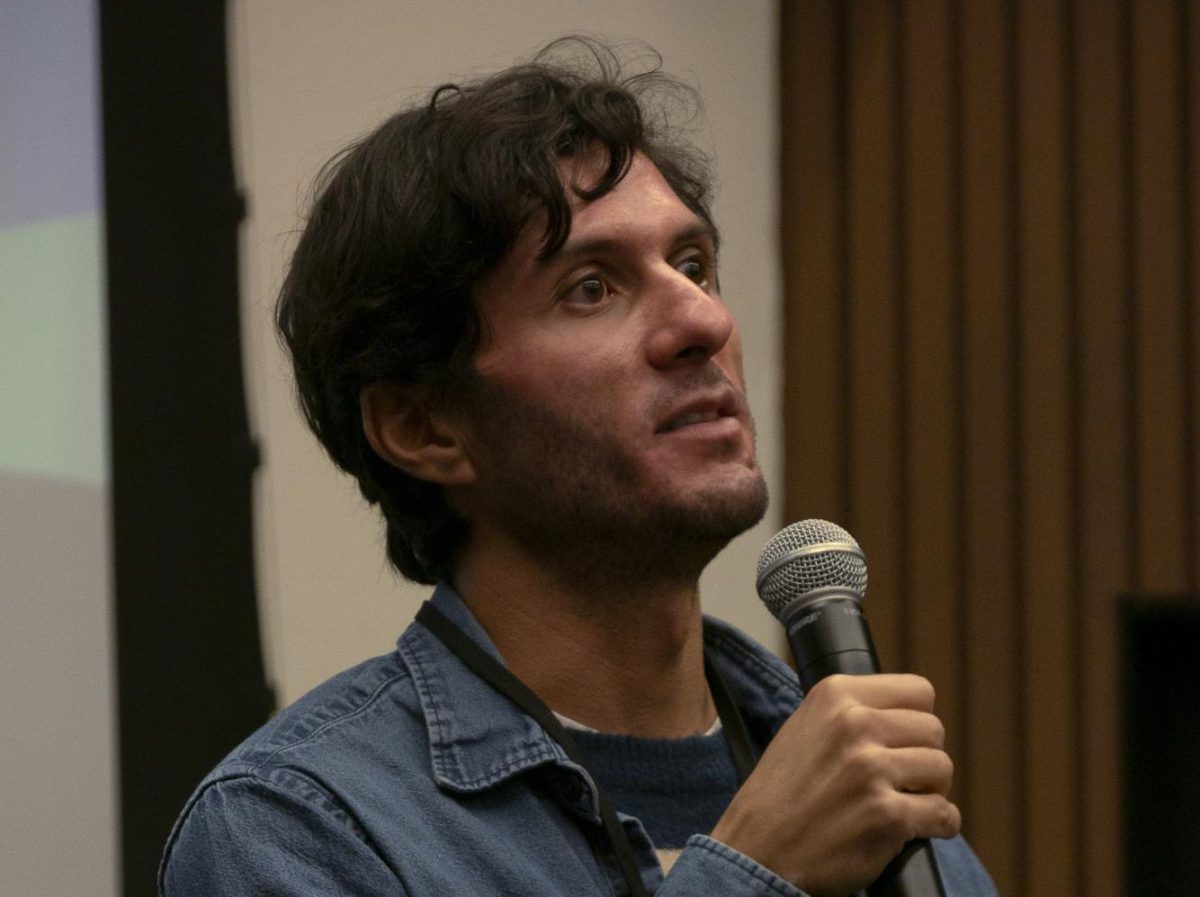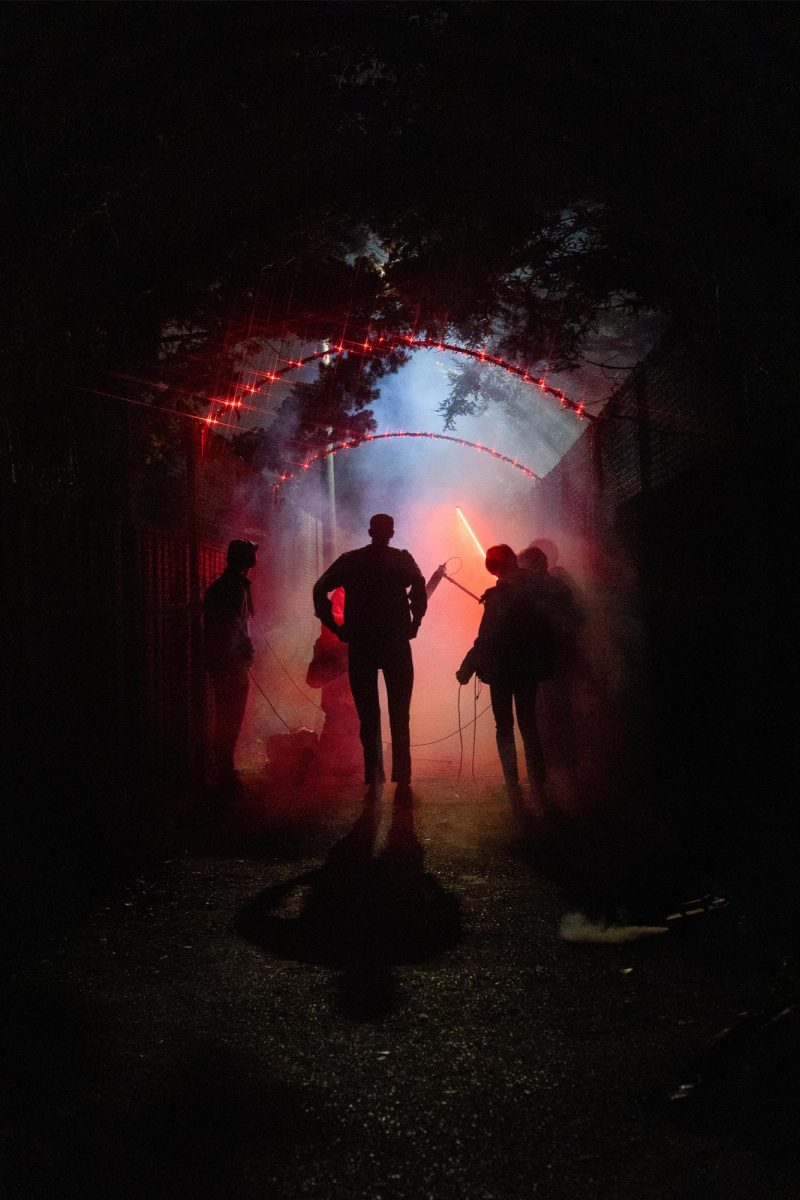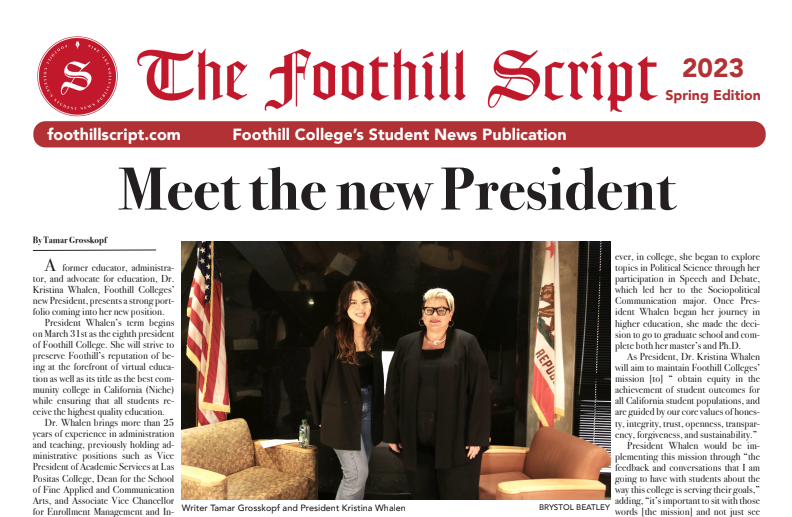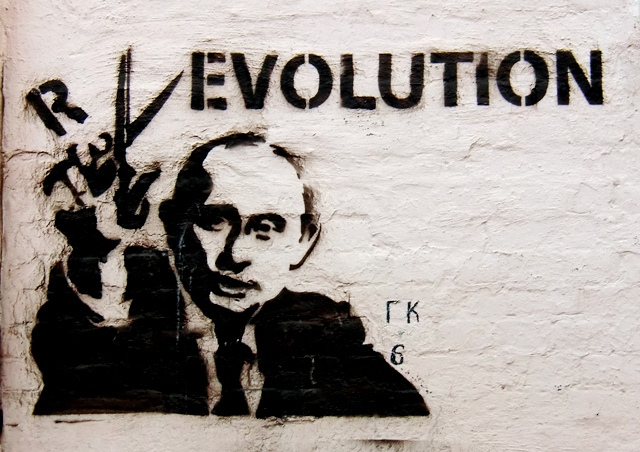Op-Ed: Revolution and Evolution
April 14, 2017
This year’s auspicious centenaries– the Russian Revolutions– has certainly not slipped the notice of the man in the Kremlin– although you wouldn’t know this from his silence. Nor should it slip ours. The proximate cause of the first revolution was the shutdown of the capital city due to massive demonstrations and an angry proletarian army not entirely happy with the failure of the monarchy to keep them fed. Revolutions typically happen once they become an act of necessity: the essential ingredients are the government’s inability to address the basic needs of citizens and the exclusion of dissidents from influence over policy. The Tsarist government had completely failed to deliver a basic standard of living to its people and appeared impotent in the face of crisis; and the people felt that revolution was their only means of recourse. To be fair, by October 1917, they were right.
The trials and tribulations of a waning despot seems distant and implausible: a starving, frustrated army overthrowing the ruler seems silly to us in a way that did not seem silly to Nicholas II’s contemporaries. This is a testament to America’s robust political institutions, but the lessons of Revolution remain clear: when people doubt the ability of existing institutions (governments, corporations, courts, etc.) to address their needs, people start wanting to set up new ones. Despite the talk of actual “Revolution” among some fringe leftists, the “Resistance” being undertaken is largely well within the realm of existing and legitimate political avenues to influence: civil society pressure groups, lawsuits, mass demonstrations, letter writing, townhall protests, etc. If anything, despite the polarizing moment of November 8th 2016, one can see the election of Donald Trump as a revitalization and affirmation of these basic democratic functions.
However, there is a danger of a revolutionary turn in all this. Just as in 1917, the failure of the political system to incorporate the interests and desires of its opponents lead to radicalization and an increase in revolutionary sentiment; liberals who feel that change within the system is impossible might increasingly seek alternative means to power or make more radical demands. This is the role state and local governments fulfill: we see an increasing reassertion of states as checks against the power of Washington and as a vehicle for liberal frustration (think of the self-image of California as a bastion against Trumptopia). This shifts power away from Washington to the states as liberals no longer see Washington as capable of protecting their interests. This is a key reason the US has not faced a meaningful revolution: a great mass of people would need to feel shut out of effective power at the national, state and local levels and be enduring tremendous economic hardships that the resilience of America’s economy has largely avoided.
The polarized policy paralysis in Washington makes it difficult for even sensible reform that eases discontent to be successfully passed and implemented. There are anywhere between 4 and 5 factions within the GOP alone capable of blocking significant policy and the divisive Democratic primary has exposed fissures between leftists and moderates, although the party has proved remarkably united after the raucous chairmanship election.
Even in the context of a great crisis on the level faced by Russia in 1917, outright revolution is unlikely to be successful: centers of power within the US are diverse geographically and ideologically, making it difficult for a unified revolutionary movement to seize a sufficient portion of America’s power. Instead, the decline of Washington D.C’s power as both left- and right- leaning states reassert their autonomy might lead to dissolution rather than outright overthrow of the whole system. The upshot is that these
Every nation endures crisis at some point and the future is predictably unpredictable. For this reason, it pays to be mindful of the potential dangers of modern trends even if the conclusions seem far-fetched and historical parallels contrived.









